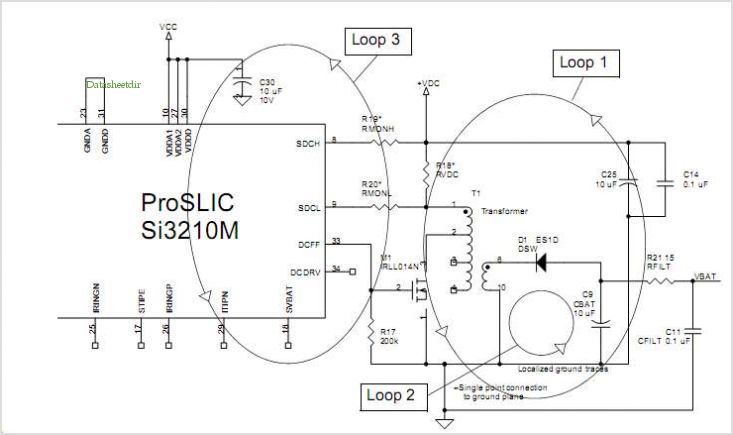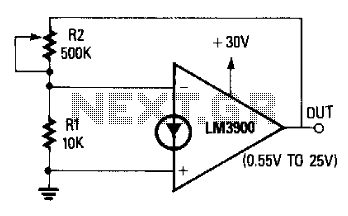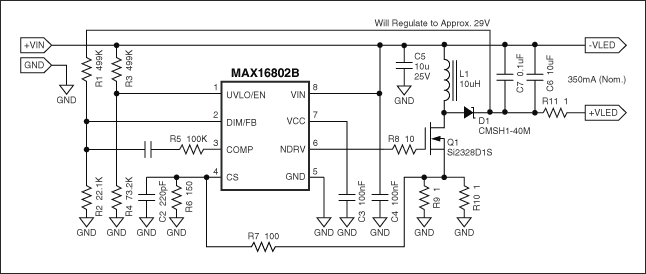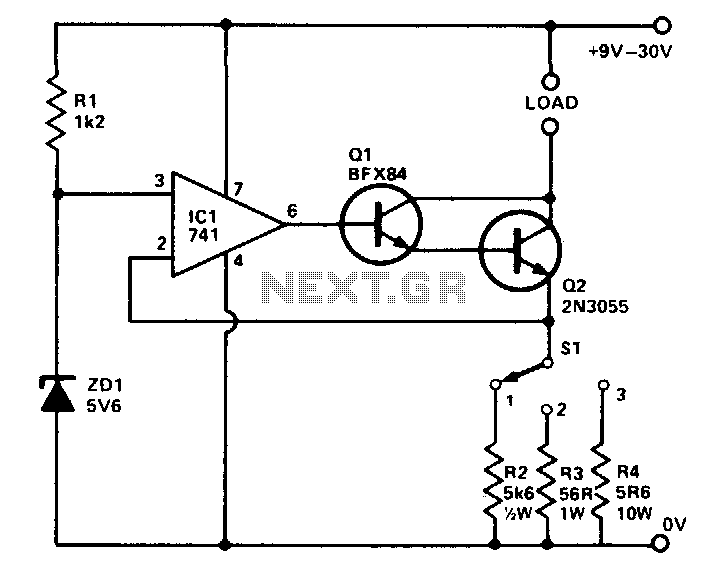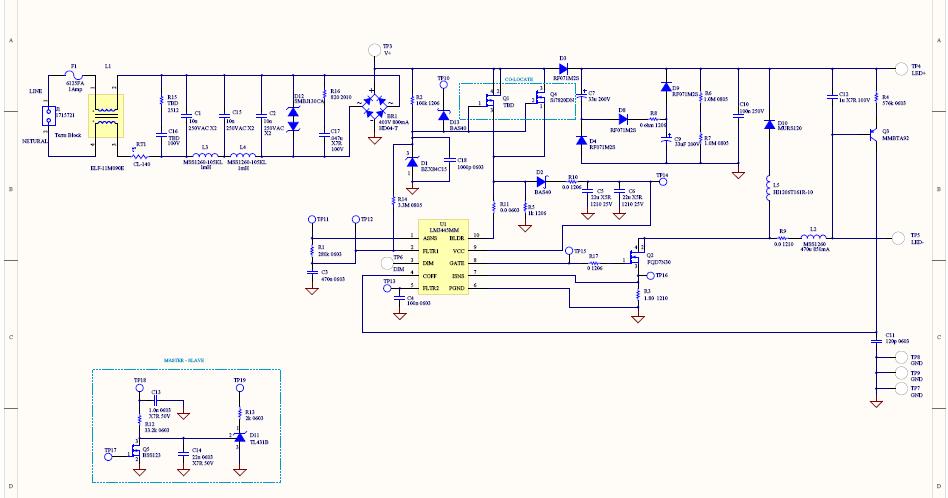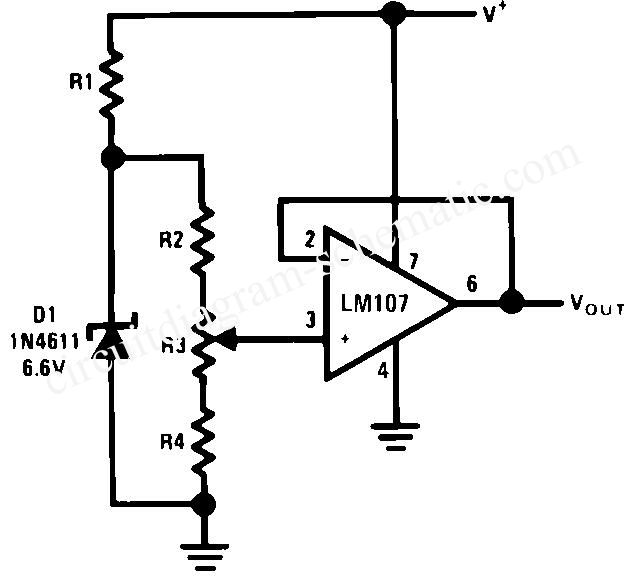
Reference earphones
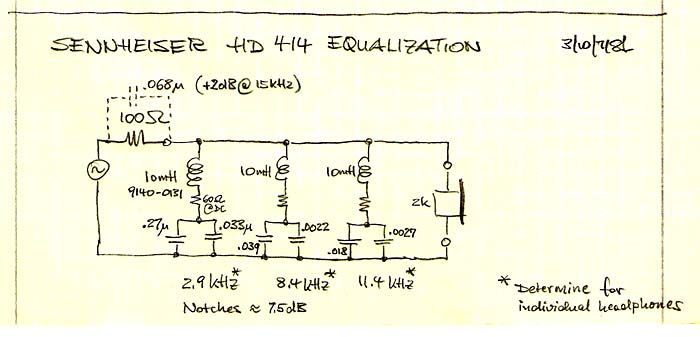
There are three basic types of earphones, each with their own set of advantages and disadvantages. These include small transducers that are inserted into the auditory canal, leaving only a few millimeters of an acoustic transmission line between the vibrating diaphragm of the transducer and the eardrum. It is essential for this cavity to be sealed or to have minimal air leakage to prevent bass roll-off. This design also provides a high degree of isolation from ambient sounds. To achieve effective sealing, it is recommended that canal phones be slightly moistened with water before insertion. While they can be accurate transducers if the transmission line resonance is equalized, they tend to be uncomfortable. Their bass response is highly dependent on the seal of the ear canal.
The ear cushion wraps around the pinna, creating a sealed cavity between the transducer and the outer ear. The internal geometry of this cavity varies among individuals, which can lead to unreliable headphone measurements. Multiple resonances within the cavity complicate equalization. Although these earphones provide isolation from ambient sounds and are generally more comfortable than canal phones, they can cause sweating and may be heavy. The ear cushion rests lightly on the pinna, resulting in a relatively open cavity. This design attenuates cavity resonances but offers limited isolation from external noise, making equalization easier. However, the bass response can be problematic. Earbuds fall into this category, with inconsistent placement in the outer ear and a lack of seal causing unpredictable bass and higher frequency responses. While they are popular, they are not suitable as reference phones unless custom molded to the user's ears.
Recently, noise-canceling supra-aural (on-ear) headphones have addressed the bass reproduction issue effectively. These headphones maintain a targeted low-frequency response in the presence of ambient noise and leakage, derived from the electrical drive signal. For instance, the Sennheiser PXC 300 performs admirably across the entire frequency range. The isolation provided is not that of a sealed cavity but rather an open space, enhancing the naturalness of recordings and revealing the sound of the recording venue, despite the spatial distortion inherent to headphones. The current model, based on appearance and specifications, is the PXC 250-II. For those interested in active noise canceling, the book "Active Noise Control Primer" by Scott D. Snyder, published by Springer-Verlag in 2000, is recommended.
When evaluating sound reproduction accuracy, personal recordings and commercially available CDs are referenced. A mental memory and written notes from live events are compared to playback over loudspeakers. Unlike most commercial CDs, personal DAT recordings do not apply equalization and utilize a simple head-related microphone arrangement similar to a sphere microphone. Purchasing a CD lacks a clear acoustic reference trail, necessitating reliance on the judgments of the recording engineer, mastering engineer, and producer.
The design and functionality of different types of earphones can be further understood through a detailed schematic representation. The transducer components typically consist of a diaphragm, voice coil, and magnet, which convert electrical signals into sound waves. The earphones can be classified based on their acoustic coupling method: in-ear, on-ear, and over-ear designs.
In-ear models utilize a sealed design that minimizes sound leakage and maximizes bass response. The ear canal's geometry is critical in achieving optimal performance, necessitating careful consideration during manufacturing. On-ear models generally feature a more open design, allowing for better airflow but sacrificing some isolation. The ear cushions are designed to conform to the outer ear, balancing comfort and acoustic performance.
Noise-canceling headphones employ an additional layer of complexity through active noise cancellation technology. This system typically includes microphones to detect ambient noise, a digital signal processor (DSP) to analyze the sound, and output transducers that generate sound waves to counteract the detected noise. The schematic for such a system would illustrate the feedback loop between the microphones and the DSP, as well as the power supply and output transducers.
Overall, the performance and comfort of earphones are influenced by various factors, including design, materials, and acoustic engineering principles. Each type of earphone serves different user preferences and environments, making it essential to understand their unique characteristics for informed selection and use.There are 3 basic types of earphones, each with their set of benefits and problems. Small transducers that are inserted into the auditory canal. This leaves only a few millimeters of a mismatched acoustic transmission line between the vibrating diaphragm of the transducer and the eardrum. This cavity should be sealed or have very slow air leakage to the outside world in order to prevent bass roll-off.
This also provides a high degree of isolation from ambient sounds. To achieve this requires that the canal phones have been slightly wetted with water before insertion. They tend to be uncomfortable but can be accurate transducers if the transmission line resonance has been equalized.
Their bass response is highly dependent upon the seal of the ear canal. The ear cushion wraps around the pinna so that the transducer and the outer ear form a sealed cavity. The internal geometry of this cavity varies between individuals, which makes measurements of headphones unreliable.
The cavity has multiple resonances, which makes equalization difficult. The seal of the cavity affects the bass response and the resonances. They give isolation from ambient sounds and are much more comfortable than canal phones, but I begin to sweat wearing them and they tend to be heavy. I have no use for them. Here the ear cushion rests lightly on the pinna and any cavity formed between transducer and pinna is relatively open.
Cavity resonances are attenuated, but there is also little isolation from the outside world. they are easily equalized. The problem is with the bass response. They are usually light and comfortable to wear. I place earbuds in this category. Inconsistencies of their placement in the outer ear and a lack of seal makes the bass and higher frequency response unpredictable. They are popular but not useable as reference phones. They might have reference quality when custom molded to one`s ears. More recently I have found that noise canceling supra-aural (on-ear) headphones resolve the bass reproduction problem in a very logical way.
They have a targeted in-situ low frequency response, which is maintained in the presence of ambient noise and leakage and derived from the electrical drive signal. My Sennheiser PXC 300 perform admirably and consistently in this respect, as well as for the whole frequency range.
It is particularly pleasing that the isolation provided is not that of a cavity over the ears but of an open space, which greatly enhances the naturalness of a recording and brings out the sound of the recording venue, albeit with the spatial distortion of headphones. The current model, judging by looks and specs, is the PXC 250-ii. If you are interested in the subject of active noise canceling, then I recommend the very readable 155 page book by Scott D.
Snyder, "Active Noise Control Primer", Springer-Verlag, 2000 When evaluating the accuracy of sound reproduction I rely on my own recordings and also on commercially available CDs. I have a mental memory and written notes from the live event that I recorded and I compare those to what I hear when I play back the recording over loudspeakers.
There is no equalization applied to my own DAT recordings, unlike with almost all commercial CDs, and I use a very simple head-related microphone arrangement similar to a sphere microphone. When I purchase a CD I have no clear trail to any acoustic reference and I must rely on the judgments of the recording engineer, the mastering engineer and the producer
🔗 External reference
The ear cushion wraps around the pinna, creating a sealed cavity between the transducer and the outer ear. The internal geometry of this cavity varies among individuals, which can lead to unreliable headphone measurements. Multiple resonances within the cavity complicate equalization. Although these earphones provide isolation from ambient sounds and are generally more comfortable than canal phones, they can cause sweating and may be heavy. The ear cushion rests lightly on the pinna, resulting in a relatively open cavity. This design attenuates cavity resonances but offers limited isolation from external noise, making equalization easier. However, the bass response can be problematic. Earbuds fall into this category, with inconsistent placement in the outer ear and a lack of seal causing unpredictable bass and higher frequency responses. While they are popular, they are not suitable as reference phones unless custom molded to the user's ears.
Recently, noise-canceling supra-aural (on-ear) headphones have addressed the bass reproduction issue effectively. These headphones maintain a targeted low-frequency response in the presence of ambient noise and leakage, derived from the electrical drive signal. For instance, the Sennheiser PXC 300 performs admirably across the entire frequency range. The isolation provided is not that of a sealed cavity but rather an open space, enhancing the naturalness of recordings and revealing the sound of the recording venue, despite the spatial distortion inherent to headphones. The current model, based on appearance and specifications, is the PXC 250-II. For those interested in active noise canceling, the book "Active Noise Control Primer" by Scott D. Snyder, published by Springer-Verlag in 2000, is recommended.
When evaluating sound reproduction accuracy, personal recordings and commercially available CDs are referenced. A mental memory and written notes from live events are compared to playback over loudspeakers. Unlike most commercial CDs, personal DAT recordings do not apply equalization and utilize a simple head-related microphone arrangement similar to a sphere microphone. Purchasing a CD lacks a clear acoustic reference trail, necessitating reliance on the judgments of the recording engineer, mastering engineer, and producer.
The design and functionality of different types of earphones can be further understood through a detailed schematic representation. The transducer components typically consist of a diaphragm, voice coil, and magnet, which convert electrical signals into sound waves. The earphones can be classified based on their acoustic coupling method: in-ear, on-ear, and over-ear designs.
In-ear models utilize a sealed design that minimizes sound leakage and maximizes bass response. The ear canal's geometry is critical in achieving optimal performance, necessitating careful consideration during manufacturing. On-ear models generally feature a more open design, allowing for better airflow but sacrificing some isolation. The ear cushions are designed to conform to the outer ear, balancing comfort and acoustic performance.
Noise-canceling headphones employ an additional layer of complexity through active noise cancellation technology. This system typically includes microphones to detect ambient noise, a digital signal processor (DSP) to analyze the sound, and output transducers that generate sound waves to counteract the detected noise. The schematic for such a system would illustrate the feedback loop between the microphones and the DSP, as well as the power supply and output transducers.
Overall, the performance and comfort of earphones are influenced by various factors, including design, materials, and acoustic engineering principles. Each type of earphone serves different user preferences and environments, making it essential to understand their unique characteristics for informed selection and use.There are 3 basic types of earphones, each with their set of benefits and problems. Small transducers that are inserted into the auditory canal. This leaves only a few millimeters of a mismatched acoustic transmission line between the vibrating diaphragm of the transducer and the eardrum. This cavity should be sealed or have very slow air leakage to the outside world in order to prevent bass roll-off.
This also provides a high degree of isolation from ambient sounds. To achieve this requires that the canal phones have been slightly wetted with water before insertion. They tend to be uncomfortable but can be accurate transducers if the transmission line resonance has been equalized.
Their bass response is highly dependent upon the seal of the ear canal. The ear cushion wraps around the pinna so that the transducer and the outer ear form a sealed cavity. The internal geometry of this cavity varies between individuals, which makes measurements of headphones unreliable.
The cavity has multiple resonances, which makes equalization difficult. The seal of the cavity affects the bass response and the resonances. They give isolation from ambient sounds and are much more comfortable than canal phones, but I begin to sweat wearing them and they tend to be heavy. I have no use for them. Here the ear cushion rests lightly on the pinna and any cavity formed between transducer and pinna is relatively open.
Cavity resonances are attenuated, but there is also little isolation from the outside world. they are easily equalized. The problem is with the bass response. They are usually light and comfortable to wear. I place earbuds in this category. Inconsistencies of their placement in the outer ear and a lack of seal makes the bass and higher frequency response unpredictable. They are popular but not useable as reference phones. They might have reference quality when custom molded to one`s ears. More recently I have found that noise canceling supra-aural (on-ear) headphones resolve the bass reproduction problem in a very logical way.
They have a targeted in-situ low frequency response, which is maintained in the presence of ambient noise and leakage and derived from the electrical drive signal. My Sennheiser PXC 300 perform admirably and consistently in this respect, as well as for the whole frequency range.
It is particularly pleasing that the isolation provided is not that of a cavity over the ears but of an open space, which greatly enhances the naturalness of a recording and brings out the sound of the recording venue, albeit with the spatial distortion of headphones. The current model, judging by looks and specs, is the PXC 250-ii. If you are interested in the subject of active noise canceling, then I recommend the very readable 155 page book by Scott D.
Snyder, "Active Noise Control Primer", Springer-Verlag, 2000 When evaluating the accuracy of sound reproduction I rely on my own recordings and also on commercially available CDs. I have a mental memory and written notes from the live event that I recorded and I compare those to what I hear when I play back the recording over loudspeakers.
There is no equalization applied to my own DAT recordings, unlike with almost all commercial CDs, and I use a very simple head-related microphone arrangement similar to a sphere microphone. When I purchase a CD I have no clear trail to any acoustic reference and I must rely on the judgments of the recording engineer, the mastering engineer and the producer
🔗 External reference
